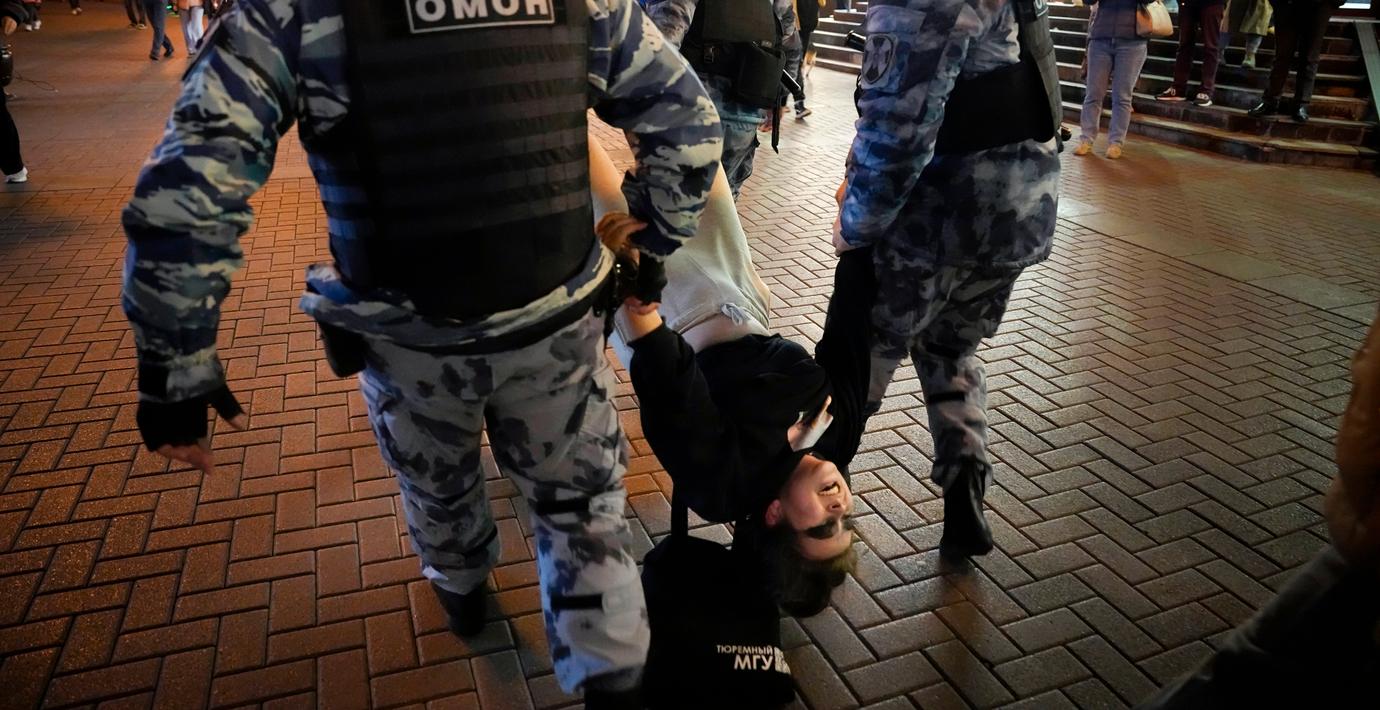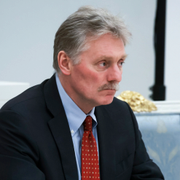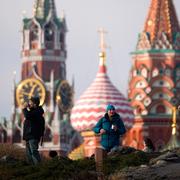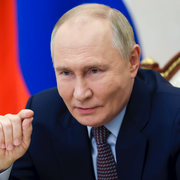bakgrund
Ryska republiker
Wikipedia (en)
According to its constitution, the Russian Federation is divided into 89 federal subjects, 24 of which are republics (Russian: республика, romanized: respublika; plural: республики, respubliki). Republics are administrative divisions originally created as nation states to represent areas of non-Russian ethnicity. The indigenous ethnic group that gives its name to the republic is referred to as the titular nationality. However, due to centuries of Russian migration, each nationality is not necessarily a majority of a republic's population.
Formed in the early 20th century by Vladimir Lenin and the Bolsheviks after the collapse of the Russian Empire in 1917, republics were meant to be nominally independent regions of Soviet Russia with the right to self-determination. Lenin's conciliatory stance towards Russia's minorities made them allies in the Russian Civil War and with the creation of the Soviet Union in 1922 the regions became Autonomous Soviet Socialist Republics (ASSR), a third order of autonomy, subordinate to a union republic. While officially autonomous, ASSRs were in practice hypercentralized and largely under the control of the Soviet Union and its leadership. Throughout their history the ASSRs experienced varying periods of Russification and cultural revival depending on who led the country. The 1980s saw an increase in the demand of autonomy as the Soviet Union began large scale reforms of its centralized system. In 1990 the ASSRs declared their sovereignty and renounced their status as autonomous republics. The Soviet Union collapsed in 1991 and Russia became independent. The current day republics were established with the signing of the Federation Treaty in 1992, which gave them substantial rights and autonomy.
Republics differ from other subjects in that they have more powers devolved to them. Republics have their own constitutions, official languages, and national anthems. Due to this, Russia is an asymmetrical federation as the other subjects do not have these rights. Powers vary between republics and largely depend on their economic power. Through the signing of bilateral treaties with the federal government, republics had extensive authority over their economies, internal policies, and even foreign relations in the 1990s. However, at the turn of the century, Vladimir Putin's centralization reforms steadily eradicated all autonomy the republics had with the exception of Chechnya. The bilateral agreements were abolished and in practice all power rests with the federal government. With the termination of the final bilateral treaty in 2017, some commentators expressed that Russia ceased to be a federation.
In 2014, the Russian military invaded Crimea and the Russian government then claimed it as a Republic of Russia. Very few states have recognised its status as a Russian Republic, and no scholarship supports that status. It remains internationally recognised as part of Ukraine. In 2022 the Russian government annexed Luhansk and Donetsk regions of Ukraine, and it now claims them as republics. They remain recognised internationally as part of Ukraine.




